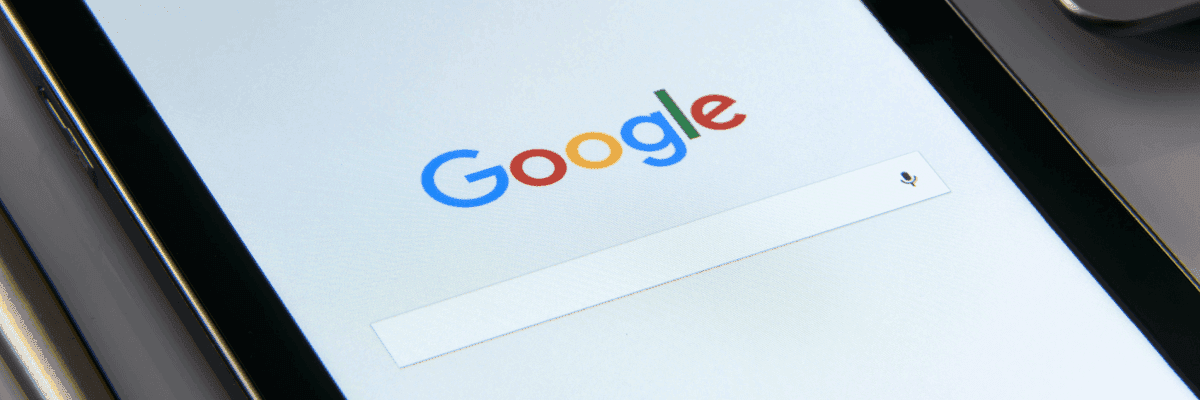In the world of online transactions, where convenience reigns supreme, Google temporary hold on credit cards emerges as a vital security mechanism.
Whether you’re ordering your favorite meal from a food delivery app, subscribing to a streaming service, or engaging in various other digital financial activities, the ease and speed with which transactions occur are undeniable.
However, beneath this seamless process lies an intricate safeguarding system, quietly working behind the scenes to ensure the safety and security of these digital financial interactions.
Google temporary hold
You may see a charge on your account labeled Google Temporary Hold, if you utilize a payment method through a Google service, such as during a transaction or with autofill on Chrome.
Google temporary hold is a pending charge used to ensure that your credit card information is correct. As soon as the deal closes, the hold will be lifted.

Why is Google holding my payment?
Google temporary hold is a momentary freeze. It occurs frequently after making a purchase or beginning a free or discounted subscription.
It’s a precaution Google takes to complete debit or credit card authorization and avoid any fraudulent payment methods. Also, before approving a purchase, check whether there is enough money in your bank account.
If your account is found to comply with the policy and your traffic is legitimate, the hold will be lifted after the inquiry.
How do I get my money back from Google temporary hold debit?
When a temporary hold is placed on your account for card validation, it’s essential to note that Google does not request these funds. Instead, your bank holds it.
Typically, banks follow a standard procedure, and the average hold time for such authorizations is a mere 48 hours.
How do you remove Google’s temporary hold from a credit card?
If you want to remove Google temporary debit authorization hold, follow these steps:
- Select Payments on the menu bar.
- Open the Settings section, and click Manage Settings.
- Click the pencil icon. It is located next to the Payment schedule.
- Select the Reset to default link.
Why does Google charge $1-2 on a credit card?
A routine validation procedure occurs upon creating a Google Payments account for your initial purchase or adding a new card to your payments account.
Typically, a nominal pre-authorization charge is around $1 or $2. However, this pre-authorization amount should not appear on your bank statement when it’s issued.
If you spot this charge on your statement, promptly contact Google customer service for clarification or reach out to your card provider to initiate the necessary steps to dispute the transaction.
However, this initial charge serves solely for card validation and will be removed, without any actual charges being incurred.
Why is Google Services charging my credit card?
Google services initiate these authorizations on your credit card for specific reasons. Firstly, these measures are taken to validate the card’s legitimacy, ensuring it’s a valid payment method.
Secondly, they serve as a check to verify if there are enough funds in your linked account to cover the specified sum.
This dual-purpose approach not only safeguards your transactions. It also streamlines the payment process, ensuring a seamless experience, while using Google services for various online purchases and transactions.
Will the Google Pay pre-authorization charge be refunded?
Google Pay has introduced a new procedure that requires users to initiate a pre-authorization request when they make a transaction. This request marks the beginning of the transaction but does not complete it.
If a subscription is canceled, the system will halt any additional payments and promptly return the corresponding funds to the user’s account.
FAQ
How long does Google’s temporary hold last?
Pending transactions take different amounts of time at each bank. However, the typical period of Google temporary hold is between seven and fourteen days.
Nonetheless, the bank may require up to 10 days to get your money back if a merchant is holding your card payment.
📚Related: Transaction Pending but Money Deducted From Your Account
What to do if the balance is negative and the payment is canceled?
It’s essential to address this situation promptly if your payment is canceled and your balance turns negative.
Several factors can lead to payment cancellations, including insufficient funds in your account or a negative balance on your credit card.
First, consider adding more money to your bank account. Ensure that you have a sufficient balance or available credit limit to cover the transaction you intend to make.
It can involve transferring money into your account from another source or making a deposit to your credit card.
How do I find out what Google is charging me for?
If you notice charges that you haven’t authorized or even haven’t received any authorization requests, there are a few ways you can find out the reason why any Google charge appears on your bank statement.
- Check your email: Start by reviewing your email inbox. Google typically sends email receipts for any charges or transactions associated with your Google account. Search your email for terms like Google, Google Play, or Google Payments to find these receipts.
- Visit the Google Payments Center: Go to the Google Payments Center website and sign in with your Google account credentials. Here, you can see a detailed transaction history, including charges for apps, subscriptions, or any other Google services.
- Review Google Play store: If you use an Android device, open your Google Play account, tap the menu icon in the upper-left corner, and select Subscriptions. It will show you a list of your active subscriptions and the associated charges.
- Check Google Workspace billing: If you use Google Workspace for business or personal purposes, you can access billing and payment information through your Google Workspace admin console.
- Contact Google Support: If you can’t find the information you need through the above methods, consider reaching out to Google Support for assistance. They can provide details about specific charges and help you understand your billing.
Can I stop Google from charging me?
You can stop Google charges and recurring payments by canceling its subscription. There are four types of Google service and product subscriptions:
- Automatic payments. An automatic deduction of money from your balance when you reach a predetermined debt threshold.
- Automatic monthly payments. A monthly charge for a payment method of your choice.
- Manual payments. A pre-payment for anything you’ll receive or use later by paying a price now.
- Monthly invoicing. A monthly invoice with a payment deadline.
To cancel any Google subscription, follow these steps:
- Log in to the Payments profile.
- Click Subscriptions & services at the top.
- Click Manage under the subscription you wish to cancel.
- Tap the Cancel subscription option.
However, if you don’t see this option, go to the Google product you subscribed through and click Manage Subscription.
Remember that if you decide to discontinue a subscription, there are no returns. Although you can re-subscribe to a service, cancellations are final.
How do you contact Google about unauthorized charges?
If you notice any unauthorized charges, check whether they are from Google Play. To distinguish Google charges, first, open your card statement and look for the ones under the following names:
- For Android apps: GOOGLE*App developer name
- For Android apps: GOOGLE*App name
- For content: GOOGLE*Content type
You can get a refund if your friend or family member makes these transactions. To do so, follow these steps:
- Open your Google Play account.
- Click on your Profile picture.
- Go to Payments & subscriptions.
- Select Report a problem or request a refund for the order you want to cancel.
Is pending transaction and temporary hold the same?
Pending transactions are the same as temporary holds. The circumstances when a payment or transaction has been started but has not yet been fully processed or finished are described by both phrases.
The transaction’s funds are usually held or reserved during this time. Therefore, they are momentarily unavailable for use in other ways.

